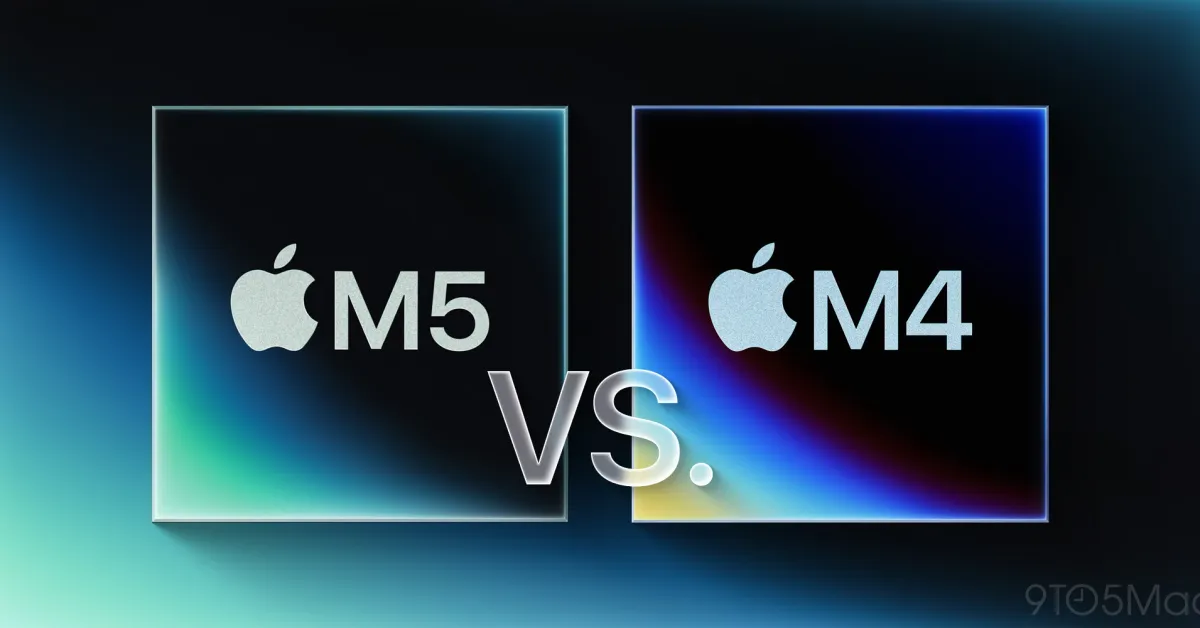Copyright Decrypt

After decades of trial and error, scientists at Stanford Medicine have given blind patients something rare in medicine—a second chance at sight. Their wireless PRIMA implant, described this week in the New England Journal of Medicine, uses invisible light and a chip the size of a grain of rice to restore reading vision to people with advanced macular degeneration. Led by Stanford physicist and biomedical engineer Daniel Palanker, the PRIMA system pairs a subretinal photovoltaic implant with augmented-reality glasses that project images directly onto the retina, bypassing damaged photoreceptors. “It’s not correcting eyesight—it’s restoring sight for blind people,” Palanker told Decrypt. The clinical trial was co-led by José-Alain Sahel of the University of Pittsburgh School of Medicine, with collaborators from an international consortium, including Stanford University, Sorbonne Université, University College London, Erasmus University Medical Center, University of Bonn, and Bordeaux University Hospital. How the PRIMA system works The system combines a microscopic implant that replaces lost photoreceptors with glasses that power it. The glasses capture visual scenes and project them through invisible infrared light, which the implant converts into electrical signals that activate retinal cells. “Each pixel is like a little solar panel, converting light into electrical current,” Palanker explained. This light-based approach allows the implant to operate without cables or external power, taking advantage of the eye’s natural transparency and surviving neurons. Palanker conceived of the idea after attending a prosthetics conference where most designs still relied on wires. “I saw how other groups tried to do it with wired implants, and I thought it’s wrong, because the eye is a transparent organ—we can deliver power and information by light,” he said. Unlike brain-computer interfaces, which bypass the eye and decode signals directly from the cortex, PRIMA works within the eye’s existing circuitry. Each pixel converts light into an electrical pulse that travels through the optic nerve to the brain’s visual cortex. That makes PRIMA far less invasive than cortical interfaces. Palanker said the system uses the same biological wiring as natural sight, letting patients process visual information normally once it reaches the brain. From idea to human trials Palanker began developing PRIMA in 2004. “In 2013, we had good preclinical data in animals. Then a company was started in France, Pixium Vision, that commercialized our implant for human use,” he said. Human trials began in 2018 and followed 38 patients over five years across 17 hospitals in Europe. All participants were over 60 and living with geographic atrophy, an advanced form of macular degeneration. Palanker’s team is developing a higher-resolution version of PRIMA with pixels five times smaller, which could sharply improve visual clarity. Trials are also planned for other retinal diseases such as Stargardt disease and retinitis pigmentosa. While the current implant restores only black-and-white vision, future versions could bring color and finer detail—moving the technology closer to mimicking natural sight. For patients who had lost the ability to read, drive, or recognize loved ones, that progress represents something medicine rarely offers: the return of a lost sense. “Patients, when you can read again and play cards and crosswords, it brings back your social connections,” Palanker said. “It’s very emotional.”



